Happy Hive Pest Management
Wasps
Wasps are a familiar presence in homes, businesses, and outdoor spaces, especially during the warm months when their activity increases. They play a crucial role in the environment by controlling other pests, but they can quickly become a concern when their nests appear near doors, decks, roofs, or high-traffic areas. Happy Hive Pest Management helps homeowners and property managers identify the specific species they are dealing with, understand how these stinging insects behave, and take steps to maintain a safe environment.
Why Wasps Are More Than Just a Nuisance
While this insect contributes to natural pest control, they poses safety risks when they builds nests close to people and pets. Their stings can be painful and may trigger severe allergic reactions in sensitive individuals. As colonies grow, they also become more protective of their nests, increasing the likelihood of aggressive behavior.
Beyond the risk of stings, wasps often create nests in hard-to-reach areas such as rooflines, wall voids, and sheds. Once established, they can return to the same areas year after year if not handled properly. Addressing them quickly helps prevent repeated activity and reduces long-term hazards around your home.
The Common Wasp Types You Might Encounter
Yellowjackets
Yellowjackets often create nests underground, inside wall voids, or in hidden cavities. They are highly territorial and become more aggressive in late summer and fall.
Paper Wasps
Paper wasps form open, umbrella-shaped nests on eaves, railings, porch ceilings, and other elevated surfaces. They are less aggressive but will defend their nest when disturbed.
Hornets
Hornets usually build large, enclosed nests in trees or elevated structures. Their colonies can grow significantly, increasing the risk of defensive behavior.
How Wasp Control Protects Your Home and Safety
Reduce Stinging Risks for Families and Pets
Wasps can become defensive when their nest is approached or disturbed. Safe nest removal lowers the chance of painful encounters and keeps outdoor spaces safer for children, pets, and guests.
Protect Outdoor and Structural Areas
Large or hidden nests near decks, attics, siding, and patios can lead to recurring infestations. Addressing nests early helps prevent wasps from establishing long-term nesting zones.

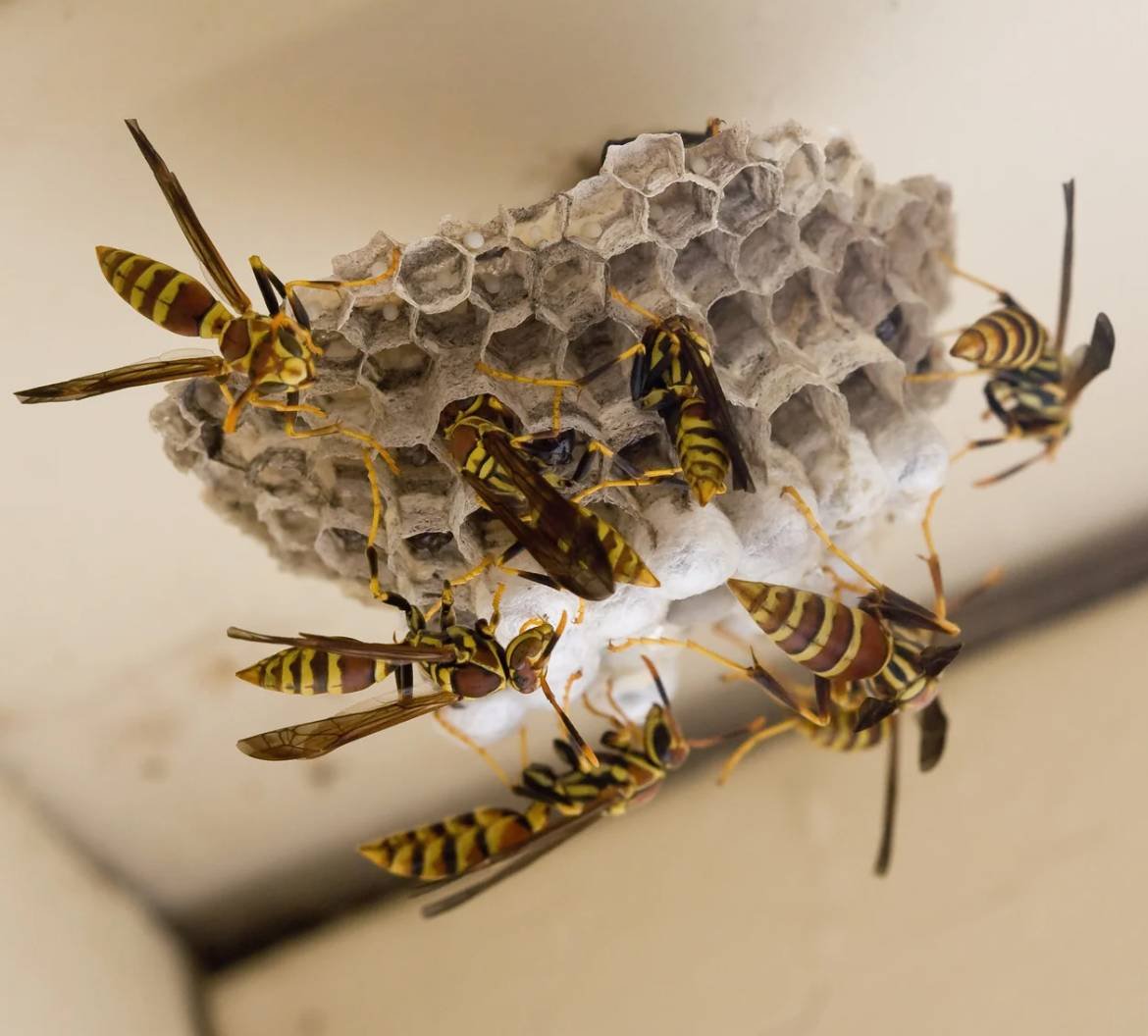
How to Identify and Prevent Wasp Activity
Spot the Signs of Wasp Activity Early
Common signs include visible nests on rooflines or structures, increased flying activity around food sources, and wasps entering small openings near your home. Seeing consistent traffic to one area usually indicates a nearby nest.
Sanitation and Outdoor Control Tips
Wasps are attracted to food scraps, sugary drinks, and insects. To reduce attractants:
- Keep trash bins sealed.
- Clean outdoor eating areas promptly.
- Remove fallen fruit from yards.
- Seal cracks or gaps where nests could form.
Reducing these attractants lowers the chances of new colonies forming.
When to Call for Professional Wasp Removal
Wasp nests should not be handled without proper equipment and training. If the nest is large, elevated, hidden, or located near high-traffic areas, professional treatment is the safest option. Experts use targeted techniques to remove colonies and prevent them from returning.
Stop Wasps Before They Take Over Your Space
Wasp activity can escalate quickly during the warm months. Taking action early helps prevent aggressive behavior, property risks, and multiple colonies forming throughout the season. Whether you’ve seen a small nest or increasing activity, it’s best to address the issue promptly to avoid complications.
How Our Wasp Removal Process Works
Step 1: Inspection of Nest Location and Activity
We begin with a detailed inspection to locate nests, identify the species, and assess colony behavior. We also check for structural openings or environmental factors that may be attracting wasps.
Step 2: Safe Removal Using Proper Techniques
Once the nest is identified, we remove or neutralize it using safe and effective methods. Timing is carefully planned based on activity levels to ensure the best results. Proper equipment is used for elevated or hard-to-reach locations.
Step 3: Treatment and Preventive Measures
After the nest is handled, preventive treatments are applied to discourage rebuilding. We provide recommendations for sealing entry points, improving sanitation, and reducing outdoor attractants.
Why Happy Hive Pest Management
At Happy Hive Pest Management, we understand the stress that comes with finding nests on your property. Our approach focuses on long-term safety, not just temporary relief. We combine careful inspections, safe removal methods, and preventive strategies to protect your home from recurring activity. Our team also educates homeowners on seasonal habits that help keep areas wasp-free.
Here’s what sets our service apart:
- Comprehensive inspections tailored to your property
- Safe and effective nest removal techniques
- Preventive treatments that help reduce future activity
- Guidance on eliminating attractants and sealing entry points
- Seasonal recommendations to maintain ongoing protection
- A friendly, knowledgeable team dedicated to your peace of mind
With professional care, you can enjoy your outdoor spaces without worry.
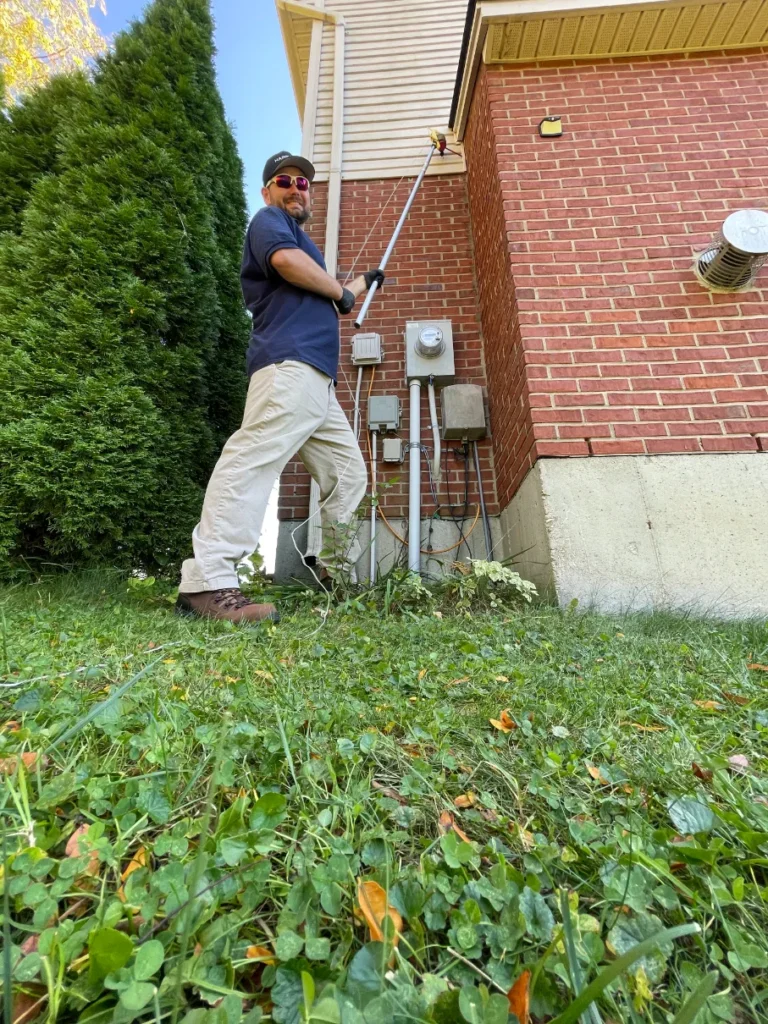
Get Rid of Wasps and Make Your Home Safe Again
Don’t let this insect threaten your comfort or safety. Contact us today to schedule a thorough wasp inspection and learn more about us. Enjoy a safer outdoor environment. Our expert team is ready to help you restore peace of mind and protect your property from future activity.

Testimonials
What Our Clients Say About Us
Service Area










